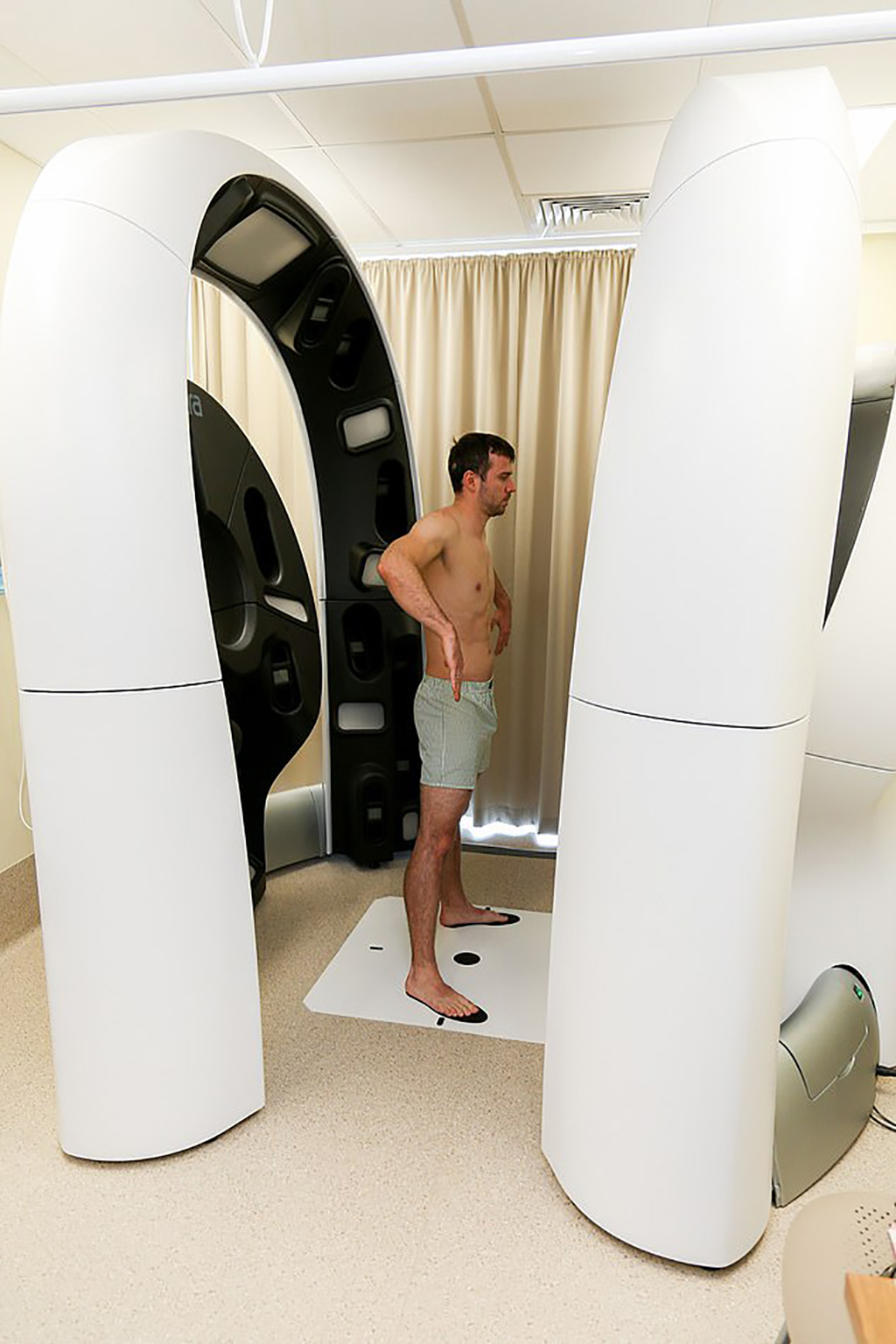3D Scanning Enables Earlier Melanoma Detection
By MedImaging International staff writers
Posted on 30 Sep 2021
The Australian Centre of Excellence in Melanoma Imaging and Diagnosis (ACEMID; Brisbane, Australia), a collaboration between the University of Queensland (UQ; Brisbane, Australia), the University of Sydney (US; Australia), and Monash University (Melbourne, Australia) is the basis for a new national network of interconnected 3D full body scanning and mapping systems that can help track moles and skin spots over time. Posted on 30 Sep 2021
The telemedicine network will allow dermatologists and medical professionals to detect skin cancers remotely, across Australia. Medical researchers will be able to immediately access a database of up to 100,000 patient images taken by the 3D full body imaging systems located in the Queensland, New South Wales (NSW), and Victoria. Using algorithms created by artificial intelligence (AI), the 3D imaging systems can analyze the images and produce a full body skin spot map, which can be used to monitor patients over time.

Image: A 3-D fully body imaging scanner can map the entire body in one second (Photo courtesy of ACEMID)
“Australia has the highest rates of melanoma in the world, with an average 28,000 Australians diagnosed with the disease every year,” said UQ dermatologist Professor H. Peter Soyer, MD. “This technology is revolutionizing early melanoma detection using 3D state-of-the-art body imaging systems that take an image in milliseconds, making it a game-changer for melanoma detection.”
“Australia has the deadliest form of melanoma, for which there is currently no standardized diagnosis. Clinical trials and cohort studies are crucial sources of evidence for the improvement of health and healthcare,” said Greg Hunt, Australian Minister for Health and Aged Care. “Cutting-edge, total-body 3D imaging machines across metropolitan and regional Queensland, NSW, and Victoria, will help to discover more effective diagnosis options for thousands of Australians who are tested for skin cancer each year.”
Melanoma is a malignant tumor of melanocytes, the cells that produce the dark pigment, melanin, which is responsible for the color of skin. They predominantly occur in skin, but are also found in other parts of the body, including the bowel and the eye. Melanoma is less common than other skin cancers. However, it is much more dangerous and causes the majority (75%) of deaths related to skin cancer. Treatment includes surgical removal of the tumor, adjuvant treatment, chemo- and immunotherapy, or radiation therapy.
Related Links:
Australian Centre of Excellence in Melanoma Imaging and Diagnosis
University of Queensland
University of Sydney
Monash University








 Guided Devices.jpg)





